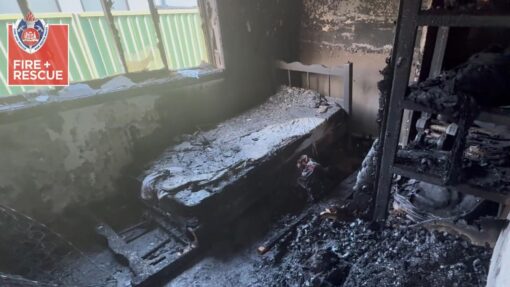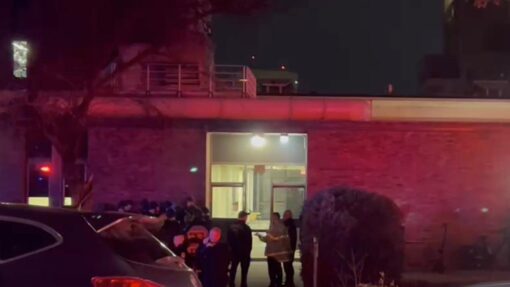Deadly blaze mostly contained on Hawaii’s Maui Island
Marco Garcia |
The death toll from Maui’s wildfires has risen to 53 as the fast-moving conflagration that turned the resort town of Lahaina into smouldering ruins is almost contained.
The island that forms part of the US state of Hawaii was caught off guard by at least three major fires that broke out on Tuesday night, cutting off the western side of the island and the historic city of Lahaina, where more than 270 structures were destroyed or damaged.
Many more people suffered burns, smoke inhalation and other injuries.
Search and rescue efforts continue, and thousands of people have fled into emergency shelters or left the island.
The wildfires took most of Lahaina’s residents and visitors by surprise, forcing some to jump into the ocean to escape the fast-moving inferno.
Thousands of tourists were trying to leave Maui, many of them camped in the airport waiting for flights.
Vixay Phonxaylinkham, a tourist from California, said he was trapped on Lahaina’s Front Street in a rental car with his wife and children as the fires approached, forcing the family to abandon the car and jump into the Pacific Ocean.
“We floated around four hours,” Phonxaylinkham said from the airport while awaiting a flight off the island, describing how they held onto pieces of wood for floatation.
“It was a vacation that turned into a nightmare. I heard explosions everywhere, I heard screaming, and some people didn’t make it. I feel so sad.”
The death toll rose by 17 on Thursday to reach 53, Maui County said in a statement that also reported the Lahaina fire was 80 per cent contained.
The Pulehu fire, about 30 km east of Lahaina, was 70 per cent contained. There was no estimate for the Upcountry fire in the centre of the eastern mass of the island, Maui County said.
The Lahaina fire reduced entire neighbourhoods to ashes on the western side of the island. Lahaina is one of Maui’s prime attractions, drawing two million tourists each year, or about 80 per cent of the island’s visitors.
Tourists and locals alike fled with few or none of their belongings as the fire spread rapidly due to dry conditions, a buildup of fuels and strong winds.
The fires were the worst disaster to befall Hawaii since 1960, one year after it became a US state, when a tsunami killed 61 people.
The fate of some of Lahaina’s cultural treasures remains unclear.
The historic 18-metre-tall banyan tree marking the spot where Hawaiian King Kamehameha III’s 19th-century palace stood was still standing, though some of its boughs appeared charred.
US President Joe Biden approved a disaster declaration for Hawaii, allowing affected individuals and business owners to apply for federal housing and economic recovery grants.
The cause of the Maui wildfires has yet to be determined, officials said, but the National Weather Service said dry vegetation, strong winds, and low humidity fuelled them.
Wildfires occur every year in Hawaii, but this year’s fires are burning faster and bigger than usual.
The Big Island of Hawaii also experienced at least two major brush fires.
Scenes of fiery devastation have become all too familiar elsewhere in the world this summer.
Wildfires, often caused by record-setting heat, forced the evacuation of tens of thousands of people in Greece, Spain, Portugal and other parts of Europe.
In western Canada, a series of unusually severe fires sent clouds of smoke over vast swaths of the US, polluting the air.
Human-caused climate change, driven by fossil fuel use, is increasing the frequency and intensity of such extreme weather events, scientists say.
Reuters


